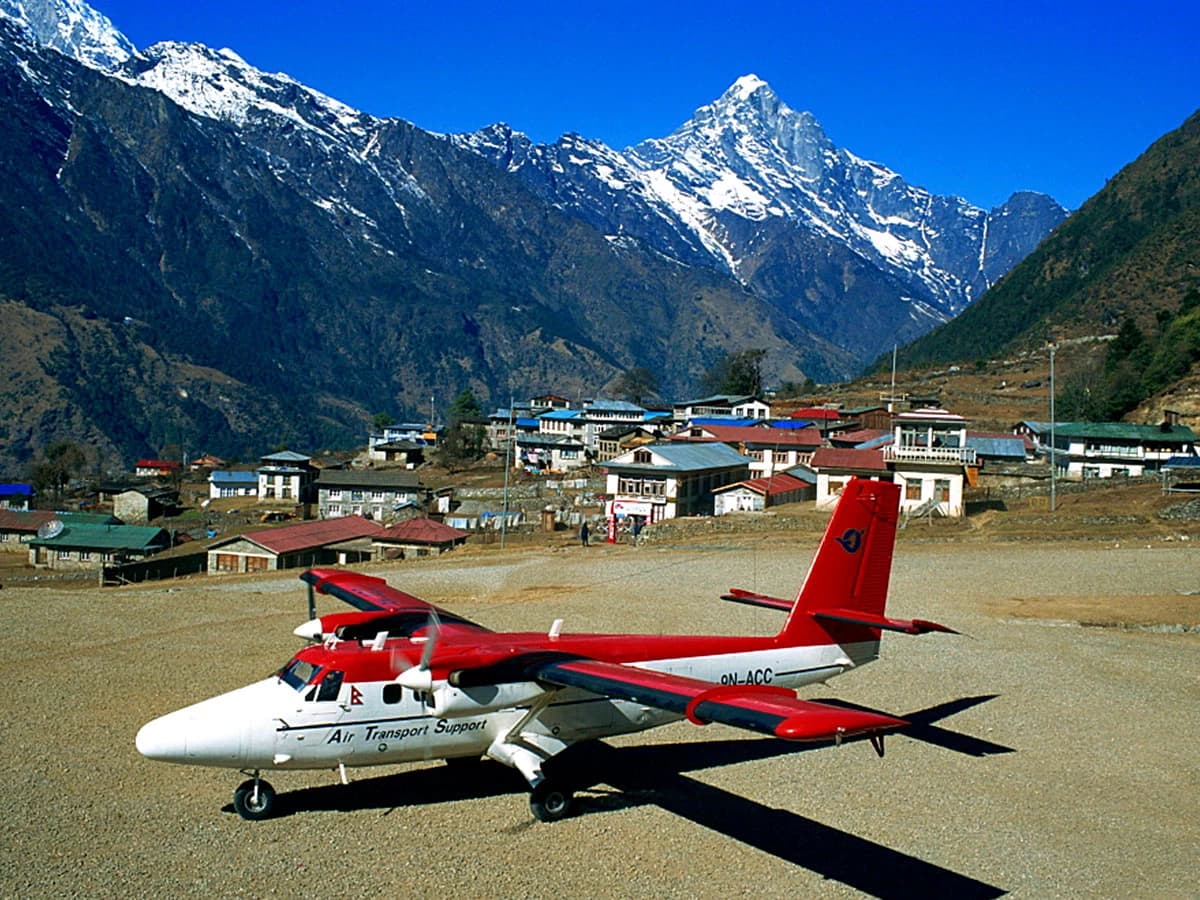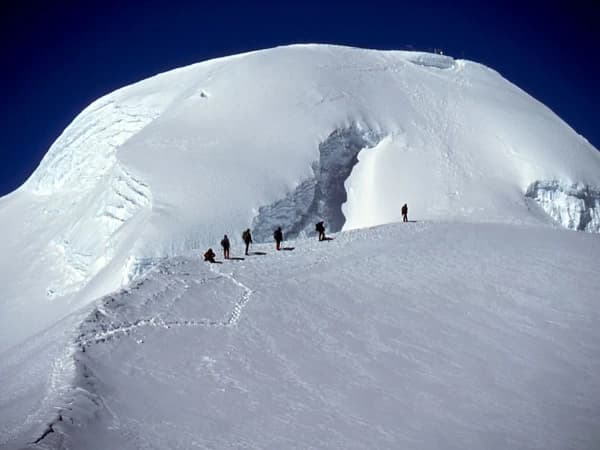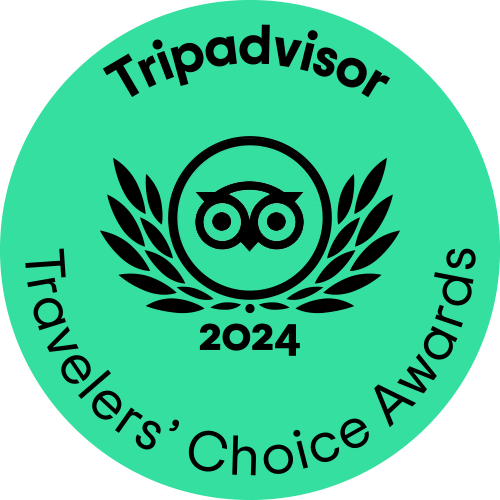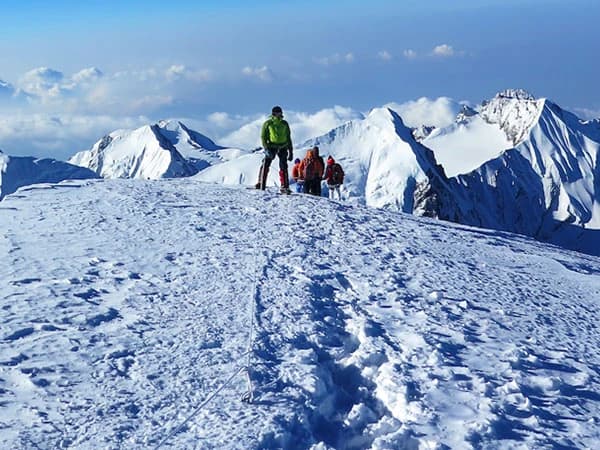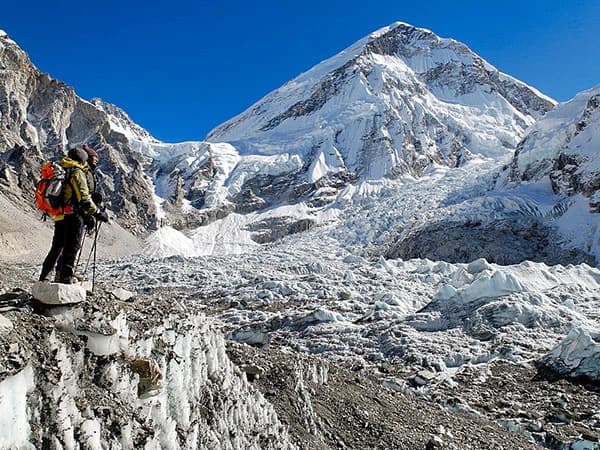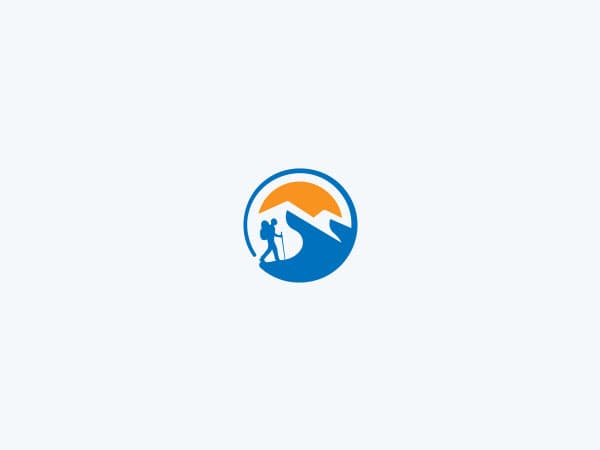Mera Peak, standing tall at 6,476 meters (21,247 feet), is the highest Climbing peak in Nepal, offering an exhilarating climb with some of the most breathtaking Himalayan panoramas in the world. Located in the Solu-Khumbu region, east of Everest, Mera Peak attracts climbers who seek high-altitude adventure combined with an immersive cultural experience. Here are the highlights that make Mera Peak climbing an unforgettable journey.
The highlight of Mera Peak is undoubtedly the view from the summit. Climbers are rewarded with a panoramic scene of five of the world’s highest mountains: Mount Everest, Lhotse, Kanchenjunga, Makalu, and Cho Oyu. This rare 360-degree view is one of the best in the Himalayas, and seeing the peaks bathed in the light of dawn or dusk is truly unforgettable. The opportunity to witness such an expansive vista of Himalayan giants makes Mera Peak a climber's paradise.
Though Mera Peak is the highest trekking peak in Nepal, it is considered a non-technical climb, making it accessible to trekkers and beginner climbers who have basic mountaineering skills. It involves glacier walking and some use of climbing gear, such as crampons, ropes, and ice axes, especially near the summit.
The challenge is primarily due to the altitude, as the ascent is long and the air is thin. The gradual ascent allows trekkers to acclimatize, and climbers experience the thrill of a high-altitude summit without advanced technical requirements, making it a popular choice for those aiming to transition into Himalayan climbing.
The journey to Mera Peak follows a scenic and less-traveled path through the beautiful Hinku Valley. Unlike the busy Everest trails, this route remains remote and unspoiled, offering trekkers a sense of solitude and immersion in nature. The trail passes through enchanting forests of rhododendron and pine, alpine meadows, and rocky landscapes.
Along the way, trekkers cross high passes, such as the Zatrwa La, which offers splendid views and adds an element of adventure. The route is ideal for those who appreciate pristine nature and a quieter trekking experience.
As climbers journey through the Solu-Khumbu region, they encounter traditional Sherpa villages where they can experience the culture and lifestyle of the legendary Sherpa people. The trekking route takes climbers past local monasteries, chortens (Buddhist shrines), and traditional homes, allowing a glimpse into the spiritual and cultural life of these highland communities. This cultural immersion, combined with the warm hospitality of the Sherpa people, adds a meaningful dimension to the Mera Peak climb.
Camping at high altitudes under the stars adds an element of adventure and ruggedness to the Mera Peak climb. Trekkers and climbers camp in alpine zones, providing an immersive mountain experience that brings them closer to the surrounding nature. Many climbers consider the nights spent in high camps to be some of the most memorable, as they acclimatize and prepare for the summit push.
For climbers with aspirations to scale the higher peaks of the Himalayas, Mera Peak serves as an excellent training ground. The high-altitude conditions, glacier travel, and summit challenges of Mera Peak allow climbers to test their endurance and gain experience that will prepare them for more technically demanding climbs in the future. It’s often seen as a stepping stone for aspiring mountaineers aiming for Everest or other 8,000-meter peaks.
Mera Peak climbing is an ideal blend of adventure, cultural immersion, and natural beauty. With its stunning views, accessible non-technical route, and remote setting, it offers a perfect introduction to high-altitude mountaineering. The journey through the pristine landscapes of the Hinku Valley and the challenge of the high-altitude climb make Mera Peak an experience of a lifetime for climbers and trekkers alike.
.
Highlights
- Breathtaking panoramic views of the world's highest mountains, Mount Everest, Lhotse, Makalu, Cho Oyu, and Kanchenjunga.
- varied landscapes, from lush forests and terraced fields to alpine meadows and high-altitude passes.
- Traditional Sherpa villages, provide a unique opportunity to experience the local culture and hospitality.
- The climb involves navigating glaciers and crevasses, adding a thrilling element to the adventure.
- Makalu Barun National Park is known for its rich biodiversity, including rare and endangered species of flora and fauna.
- personal achievement and a memorable experience for climbers, offering a sense of accomplishment and adventure.
- Mera Peak is less crowded, offering a more serene and peaceful experience


